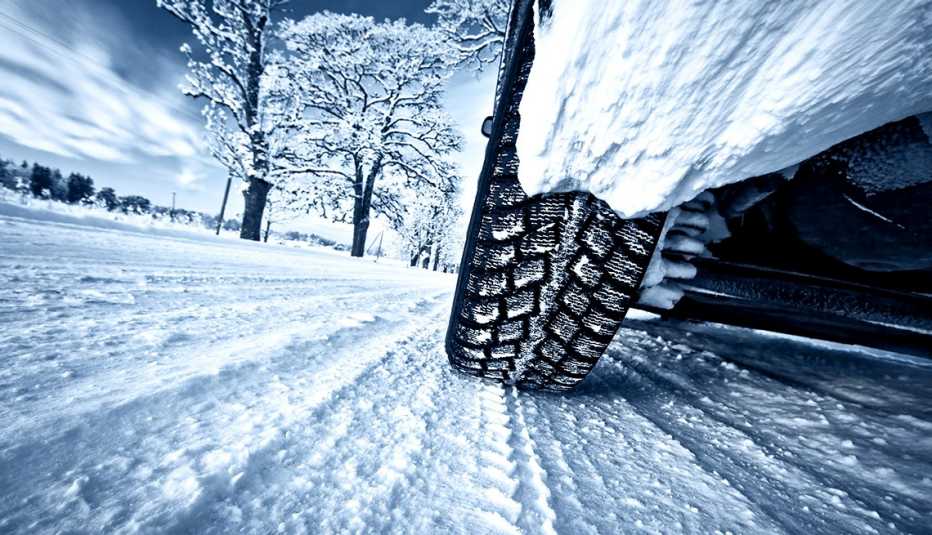AARP Hearing Center


From malfunctioning wiper blades to deflating tires, winter weather can do a number on your car. That can be an issue for the 70 percent of Americans who live in an area that receives significant winter weather — an average of 5 inches or more of snow per year, according to the Federal Highway Administration.
Here are six ways the cold, snow and ice can affect your car — and how you can prevent it happening or deal with it if it does.
Tractionless tires
Tires become harder. Your tires are literally where the rubber hits the road. In the cold weather, they can become harder, says Benjamin Preston, autos reporter for Consumer Reports, and that translates into a less firm connection to the road.
To deal with this, Preston recommends using all-season tires with a triple-mountain-peak snow rating. Or — if you live in a very cold and snowy region, a dedicated snow tire that you switch to when the weather gets bad.
“When you get a winter-rated tire, especially a specialized snow-and-ice tire, it's going to be a softer rubber compound.,” he says. This allows for more grip in the cold.
Tires contract, lose pressure. Cold weather can also cause the air in your tires to contract, and diminish their pressure. “You're supposed to check your air pressure periodically anyway — not that anybody does — but especially when there are big temperature fluctuations, it's a good idea to check your tire air pressure,” Preston says. Make sure they’re up to the manufacturer’s recommendations, which are in your owner’s manual. Driving with nonoptimal pressure has myriad negative impacts, including reducing grip, increasing braking distances, and diminishing fuel economy.
All cars produced since 2007 feature a required system to keep track of tire pressure, Preston says. Many of these systems will tell you which tires are low, but if your system doesn’t, just be sure to keep a tire gauge in your car so you can measure the air pressure in every tire and fill up the ones that need it.
Wiper blades that don’t wipe
Blades become brittle. The cold can affect your regular wiper blades, causing them to become harder and more brittle, and less effective in clearing your sight lines, so David Bennett, repair systems manager for the American Automobile Association (AAA), suggests purchasing wiper blades made with a winter compound. “The contact patch stands up to the cold a little bit better,” he says.































































More From AARP
Are Your Car Headlights Bright Enough?
Maximize your nighttime vision by choosing the right lights or restoring what you have
9 Bad Habits That Could Damage Your Car
Mechanics say drivers should stop doing these things and extend vehicle life
5 Inexpensive Ways to Extend the Life of Your Car
DIY strategies to keep your vehicle running longer amid automobile shortages
Recommended for You